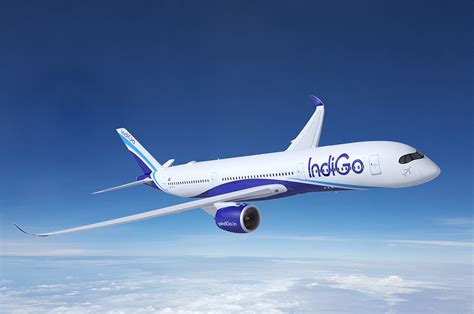
94689124 bb33 473f b0ed 3b8661eccb86
Malaysia Airlines Group has announced the long-awaited decision on the renewal of its medium- to the long-haul fleet, selecting the Airbus A330-900 as the successor to the aging A330-200s and -300s. MAG has signed a Memorandum of Understanding with Airbus for a direct order for ten -900s, but they are part of a sale and leaseback with lessor Avolon. Another ten will be leased from the Irish lessor. Malaysia Airlines sources Airbus A330-900 via Avolon.
The order has been in the wings for some time. Group CEO Izham Ismail said in December last year that his airline would issue a request for proposal with lessors to replace the A330ceo’s. He hoped to have new aircraft available in the second half of 2023. In the week before the Farnborough Airshow, Reuters reported that Malaysia Airlines Group had selected the A330neo and was about to sign the order, but nothing happened during the airshow. Following more reports last week, Malaysia Airlines has now signed on the dotted line during an event in Kuala Lumpur at which Airbus CCO Christian Scherer, Avolon, and Rolls-Royce were also present.
Malaysia will have to wait a little longer for the A330s with Rolls-Royce Trent 7000 engines as the first delivery is scheduled for 2024 instead of late 2023. “The acquisition of the A330neo is a natural transition from our current A330ceo fleet. The A330neo will not only provide fleet modernization and enhanced operational efficiency, but will also meet environmental targets through reduced fuel burn per seat, while keeping passenger safety and comfort at its core. This is a significant milestone as MAG moves towards the successful execution of our Long-Term Business Plan 2.0 to position itself as a leading aviation services Group within the region”, Ismail said in an Airbus media statement.
Business Plan 2.0 is instrumental in turning Malaysia’s fortunes. The airline suffered years of deep losses, but after starting a restructuring succeeded in ending 2021 with a positive EBITDA or operating result of RM 433 million compared to RM -1.761 billion in 2020. The carrier hoped to break even in 2023 and maybe even this year, but high fuel prices and rising expenses have dashed any hopes to succeed in 2022.
Part of the new business plan is fleet renewal. At an average of 4.5 years, the six Airbus A350-900s are the youngest aircraft, followed by the 44 737-800s at on average 9.8 years. In February, Malaysia Airlines signed a leasing agreement with Air Lease Corporation (ALC) for 25 MAX 8s. The first will be delivered in 2023 and the last one in early 2026. The carrier originally had the MAX 8s on direct order, but reviewed its (financial) position and used to clause in the contract with Boeing to switch to leased aircraft.
Airbus and Malaysia have also signed a Letter of Intent (LOI) “to study a wider collaboration in the areas of sustainability, training, maintenance and airspace management.”
For Avolon, the lease and sale and leaseback announcement is good news. The lessor was the launch customer of the A330neo back in 2014 and has 48 aircraft in the order book, of which 26 have been placed with customers. Following the agreement with Malaysia, it has only two unplaced aircraft on order. “As previously disclosed, we are experiencing a rapid recovery in demand for our order book slots for both our single and twin-aisle new technology aircraft, and we are delighted to partner with MAG on this milestone transaction,” said Avolon’s Andy Cronin in a media statement. Avolon has already leased four aircraft to Malaysia Airlines.
Views: 6



